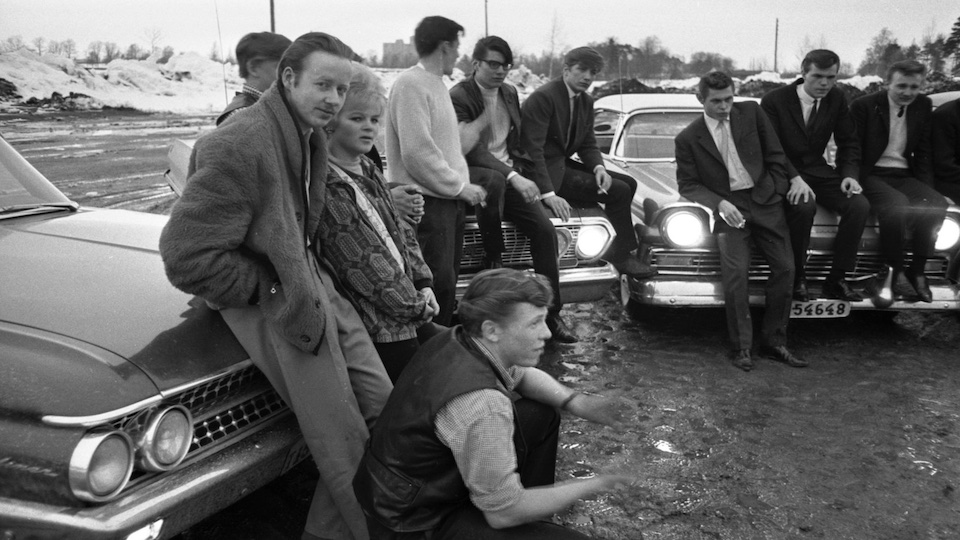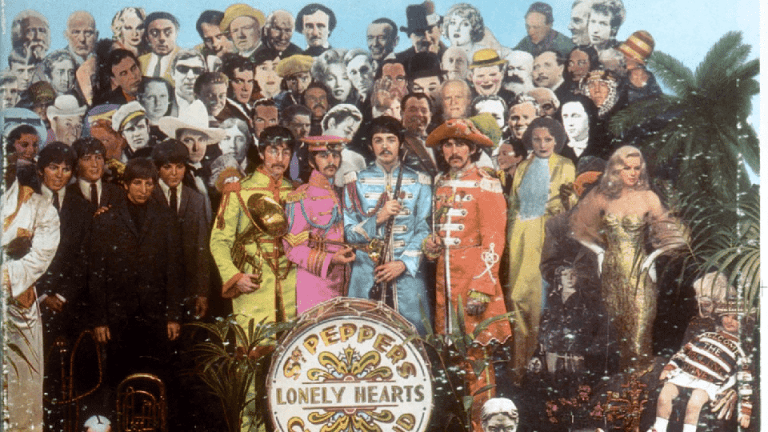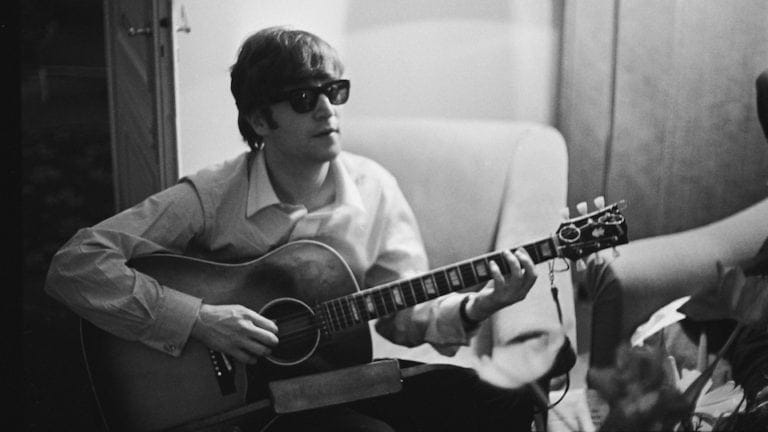Follow us
As American As Swedish Raggare

It’s often said that “rock n’ roll never dies.” The phrase can take on a literal meaning, not only in terms of music but as a full-blown lifestyle.
To really understand this part of American culture, we have to travel overseas, to Sweden. Nowadays, when you talk about the music scene from that country, what comes to mind? ABBA? Europe? Ace of Base? The domination of Max Martin in mainstream pop music from the 90s?
What’s often overlooked is the phenomenon known as “Raggare,” a specific subculture that originated in the 1950s and 1960s, at a time when American culture was becoming increasingly popular in Europe.
Young Swedes were drawn to American music, fashion, and movies, and this interest was reflected in their behavior and lifestyle, including American cars, particularly hot rods and muscle cars. They would modify and customize their vehicles to make them faster and more visually appealing, and would often race them on the streets. The Raggare lifestyle was also characterized by a love of rockabilly music, which was influenced by American country and rock and roll music.
Now, that in itself, might not be such a noticeable thing: styles come and go, and the really big ones, don’t care about boundaries. After all, youth worldwide buy jeans.
The strange thing is that, unlike other trends, Raggare never really went away once the ’60s were over. If anything, it solidified. This strange theme park version of US culture became ingrained into Sweden’s very core.
The term itself, “Raggare”, comes from the Swedish word “ragga,” which means to pick up or flirt. Raggare often congregates in large groups, driving their cars around town and showing off their vehicles.
You can feel their influence in a lot of modern acts from Sweden, but also those from neighboring Norway or Finland, countries that share a lot of similar cultural facets.
Once you know about this phenomenon, you can pick up some elements in some of the great Swedish acts. What is ABBA but a strange fusion of disco, rock, and even some folk elements, presented in an over-the-top, bright, and colorful way? Would Waterloo feel really that out of place on a 50s playlist on a nostalgia night?
In the end, maybe it shouldn’t be a surprise: cultures mix and match all the time, even in more unexpected places. That’s certainly for sure in the US, where rock n roll was born out of country, blues, jazz, and R&B influences. Maybe it’s a curious case of gaining new perspectives.
And while a little strange, it’s a good reminder that culture circulates in all directions. Perhaps, in a weird way, Raggare with its funhouse reflection, can show us something new and fresh.
-Anthony Arrieta
Photo: 1966 Raggare culture in Sweden. Örebro Kuriren, Public domain, via Wikimedia Commons
PS — While we’re on the topic of Rock History, you might enjoy our YouTube series of daily one-minute nuggets of memorable moments…

















